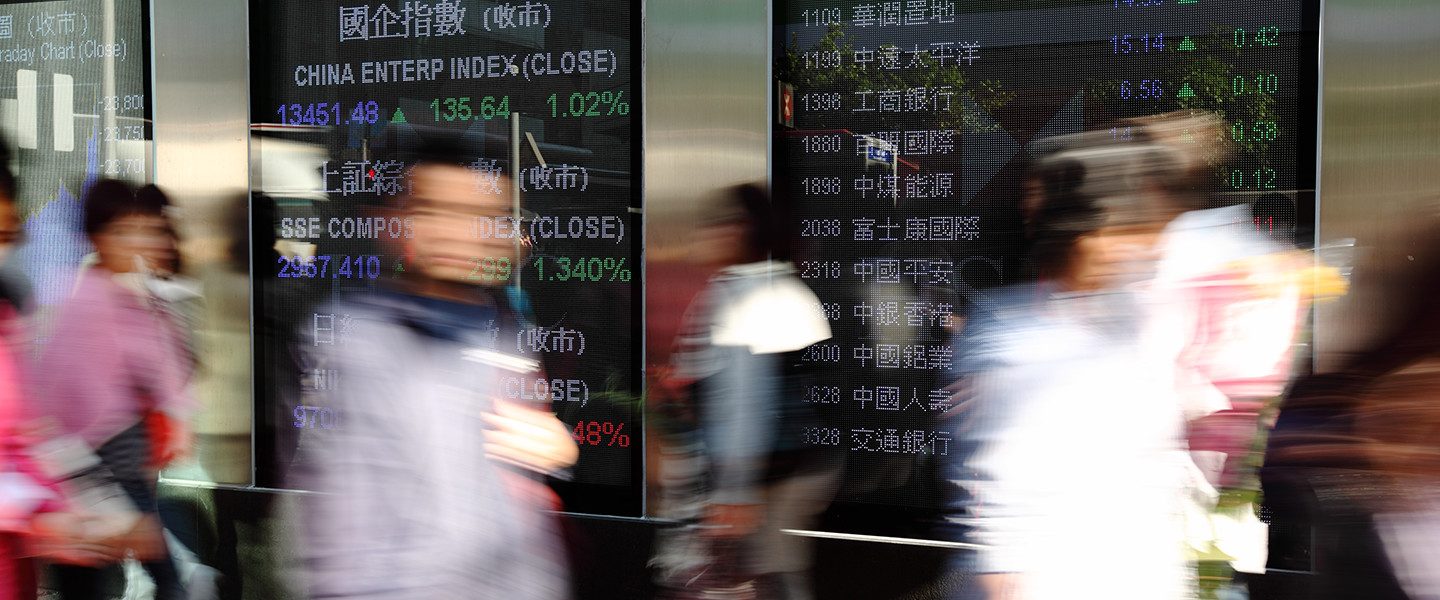Stick with stocks


Two years ago, when the euro area appeared on the brink of collapse and the US economy was being buffeted by budget uncertainties, the best investment decision – counter-intuitively – would have been to plough money into US and European stocks.
The two equity markets have significantly outperformed other asset classes in the two years to June 30, with the MSCI Europe stock index providing 56 per cent and the US S&P 500 index 50 per cent total returns. Both outstripped gains in Japan and Asia excluding Japan by a wide margin.
Although easy gains are becoming harder to get, we remain upbeat about global stocks
Although easy gains are becoming harder to get, we remain upbeat about global stocks and prefer equities in Europe, the US and Asia ex-Japan.
We rank European equities at the top as they are relatively inexpensive when measured against expected earnings, and there is scope for earnings to accelerate over the next six months to a year.
European Central Bank President Mario Draghi’s second-round stimulus measures – following his 2012 promise to “do whatever it takes’’ to rescue the euro – should unleash EUR400 billion in cheap bank loans to consumers and companies, starting in September. This will bolster the economic outlook.
In the US, there are signs that the economy is moving past a temporary blip in the first quarter, caused by an unusually harsh winter. The economy has regained all the jobs lost since the 2008 crisis and continues to add more.
More than 200,000 new non-farm jobs were created in the US in the four months to May, the first time this has happened since 2000. As the job market improves, consumers are borrowing again – after years of paying down debt – to buy big-ticket items such as houses and cars.
A key change from the start of the year is an increasingly positive outlook for Asia
As a result, US economic growth should accelerate towards a 3 per cent annual rate by the final quarter of the year. The Federal Reserve’s highly accommodative monetary policy – which it has promised to keep “for a considerable time” after the ongoing asset purchase programme ends this year – is aiding the recovery.
A key change from the start of the year is an increasingly positive outlook for Asia. Credit availability has improved across the region in recent months and fund flows remain supportive for regional assets. As a result, we expect higher returns from Asian equities over the coming year, with stocks in Taiwan and South Korea among our top picks.
China’s economy seems to have bottomed, with the government drawing a line in the sand by reiterating a 7.5 per cent growth target after growth slipped below that level in the first quarter. Local governments will now have to deliver that growth, aided by targeted bank lending to priority sectors.
China’s recovery should help exports from South Korea and Taiwan. The two Asian technology powerhouses are also likely to benefit from increased corporate IT spending in the US this year and from a gradual recovery in consumer demand in Europe.
The improved outlook is already reflected in the upgrading of consensus economic growth forecasts for the two Northeast Asian economies for 2015. They are also the least vulnerable in Asia from an eventual rise in US interest rates.
In South Asia, India’s first majority government in 30 years following the recent elections is a positive development. The strong mandate should enable the government to push through tough reform measures required to reverse three years of disappointing growth.
Prime Minister Modi’s call for “less government, more governance” will be tested as he goes about cutting wasteful spending and misdirected subsidies and removes bottlenecks to jumpstart large-scale projects.
The government plans to build 100 new cities over the next decade which, if properly executed, could see India repeating China’s urbanisation miracle of the past two decades. Although Indian stocks have run up in anticipation of these developments, investors should look for opportunities to add India to their long-term portfolio.
Rising oil prices caused by renewed insurgency in Iraq could result in greater volatility in stock prices. High oil prices are a risk for Asia (and particularly for India) as most economies in the region, with the exception of Malaysia, are net importers of crude oil. However, we believe the Iraq situation should have limited impact as long as the insurgency is restricted outside the crude oil producing region in southern Iraq.
As we enter the second half of the year, strengthening growth, rising corporate profits and loose monetary policy explain why we remain bullish on Europe, US and Asian equities and expect them to outperform bonds over the next 12 months.
Important disclosures can be found in these Terms & Conditions